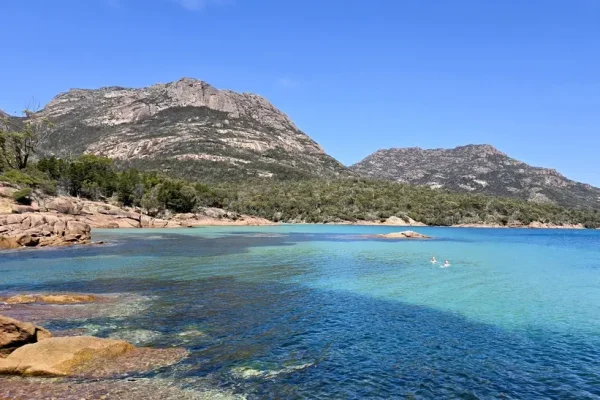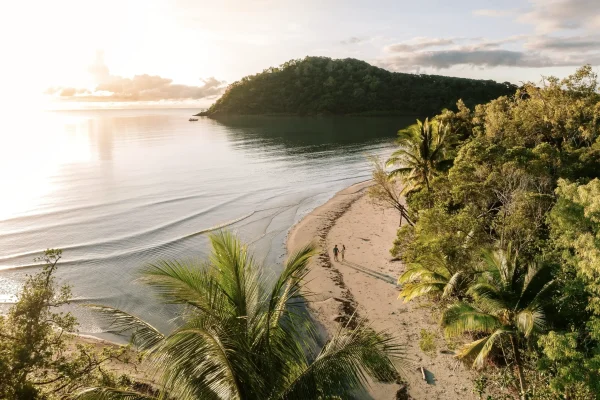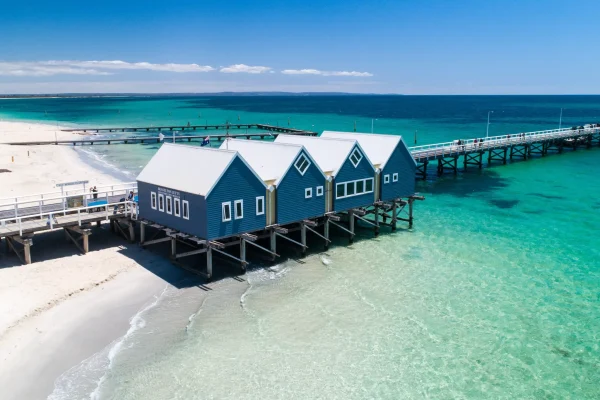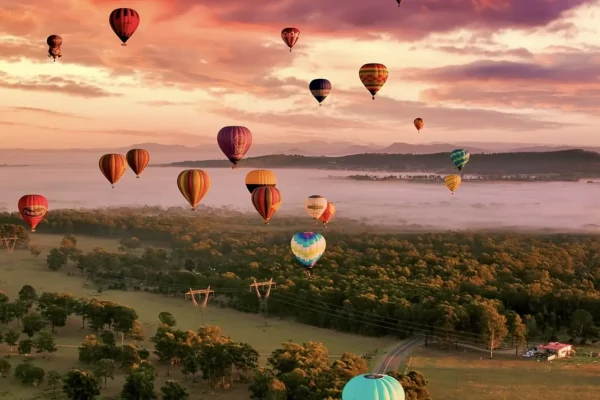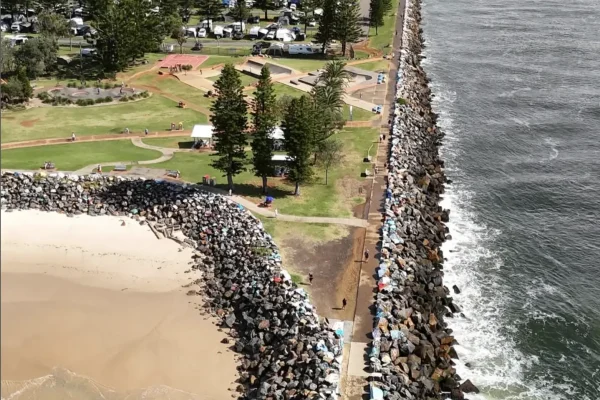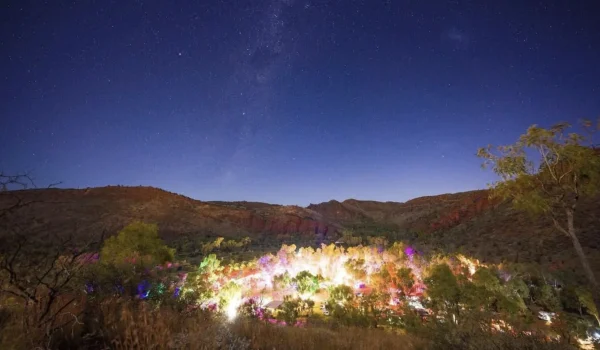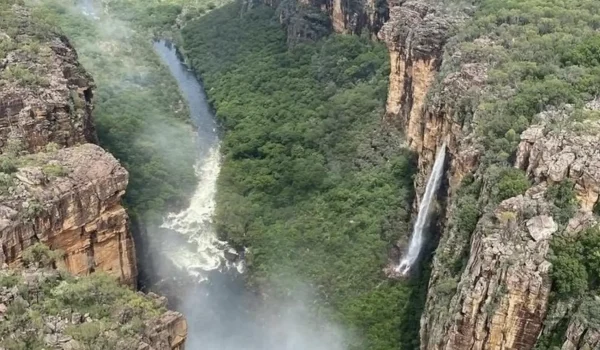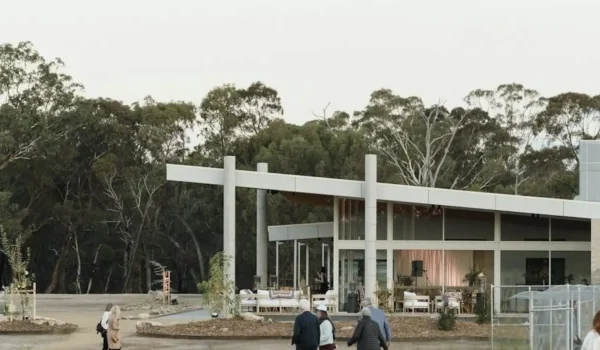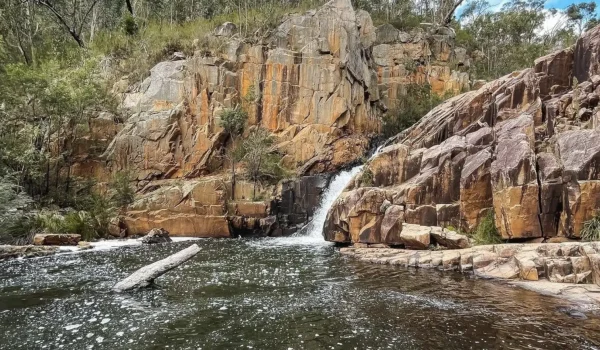G’day, adventurers! Kakadu National Park is a real treasure in the Northern Territory, with stunning scenery, rich history and some of the most beautiful waterfalls you’ll ever see. Covering nearly 20,000 square kilometres, this UNESCO World Heritage site is more than just a park – it’s a living, breathing culture of the Aboriginal people who have lived in this ancient land for tens of thousands of years. Whether you’re planning a day trip or an epic road trip through the Top End, Kakadu’s waterfalls are a must-do. So grab your togs, pack a sandwich and let’s get into the best waterfalls in Kakadu. Each one is special.
Jim Jim Falls
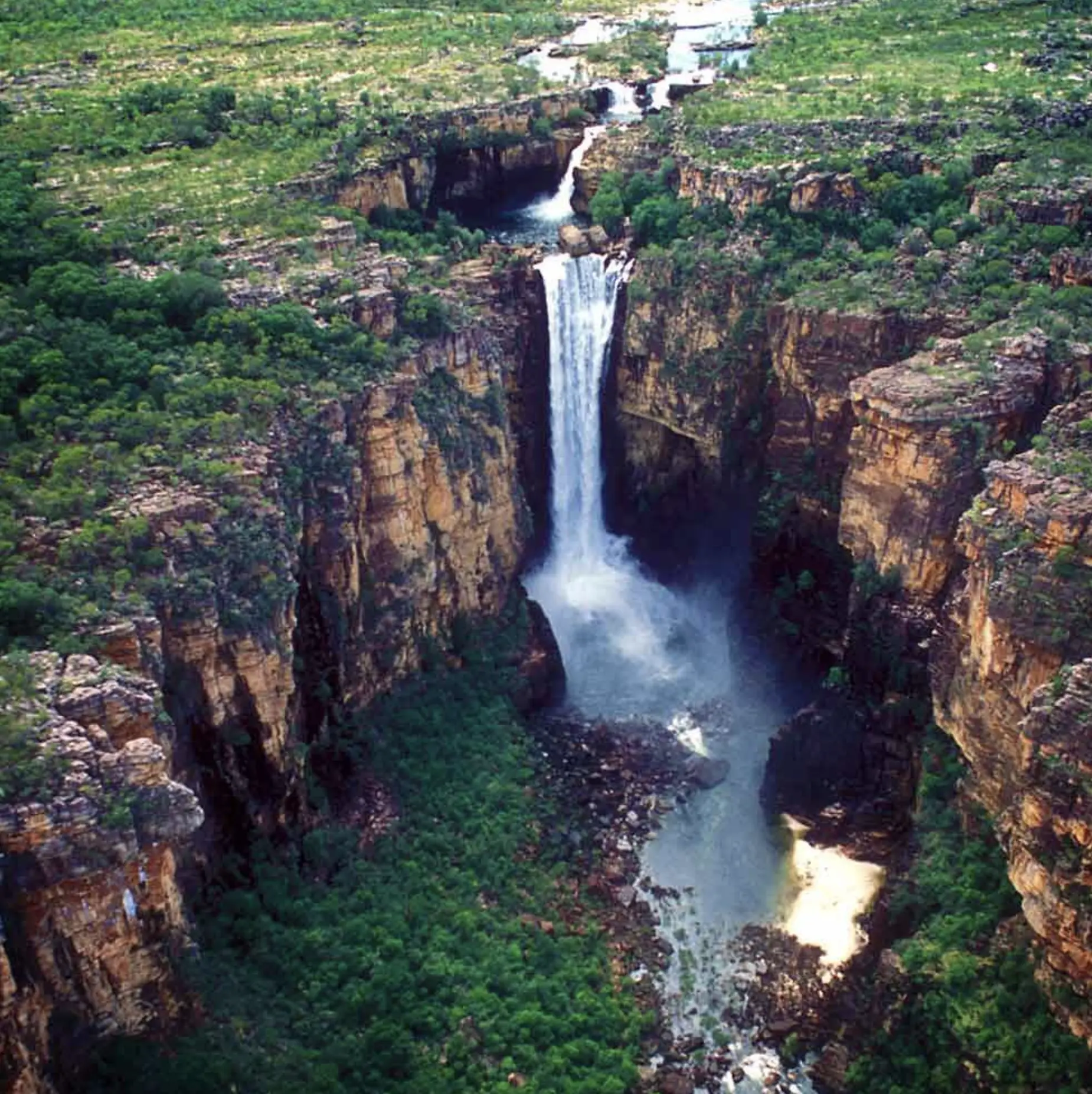
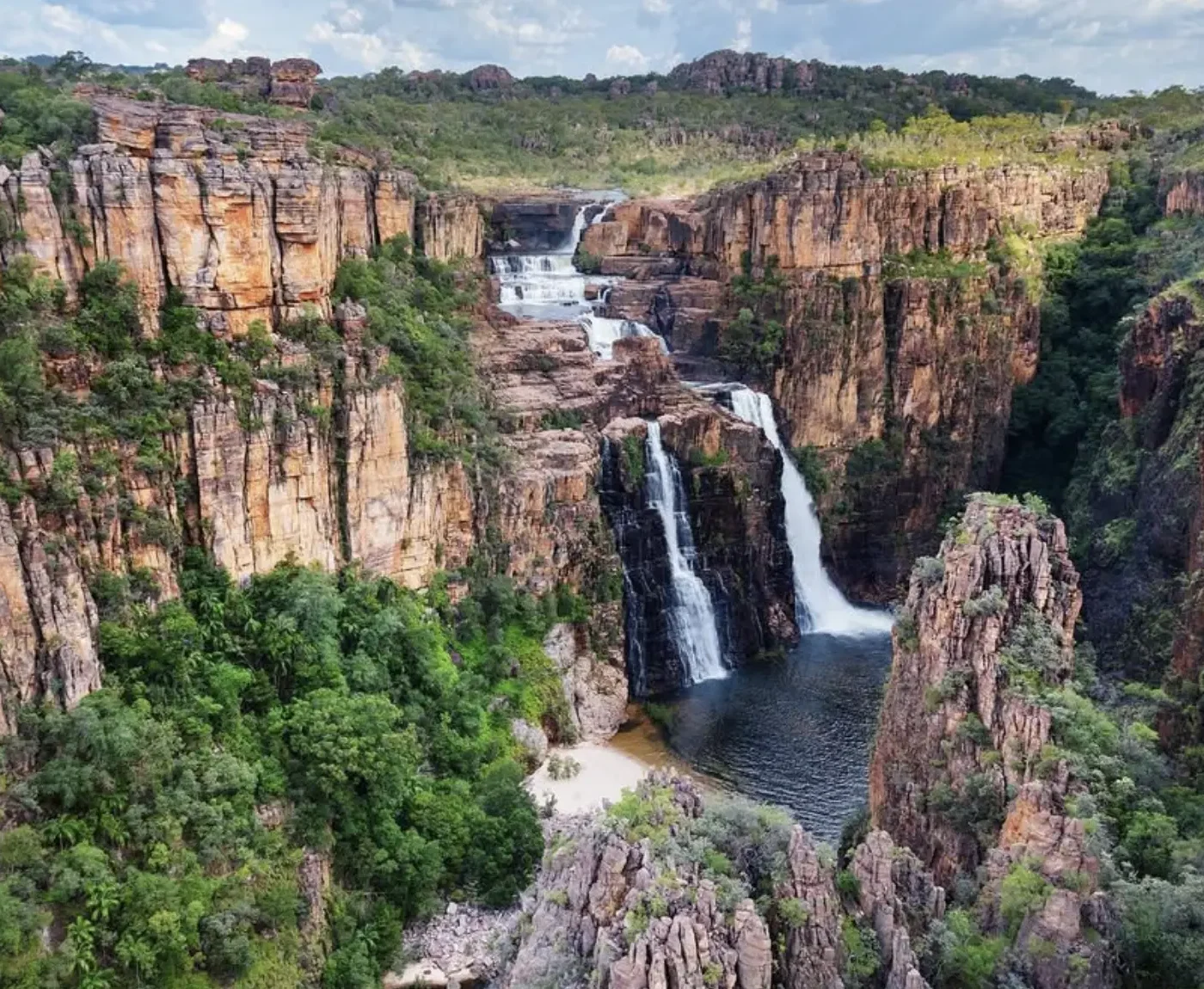
Twin Falls
Maguk Falls (Barramundi Gorge)
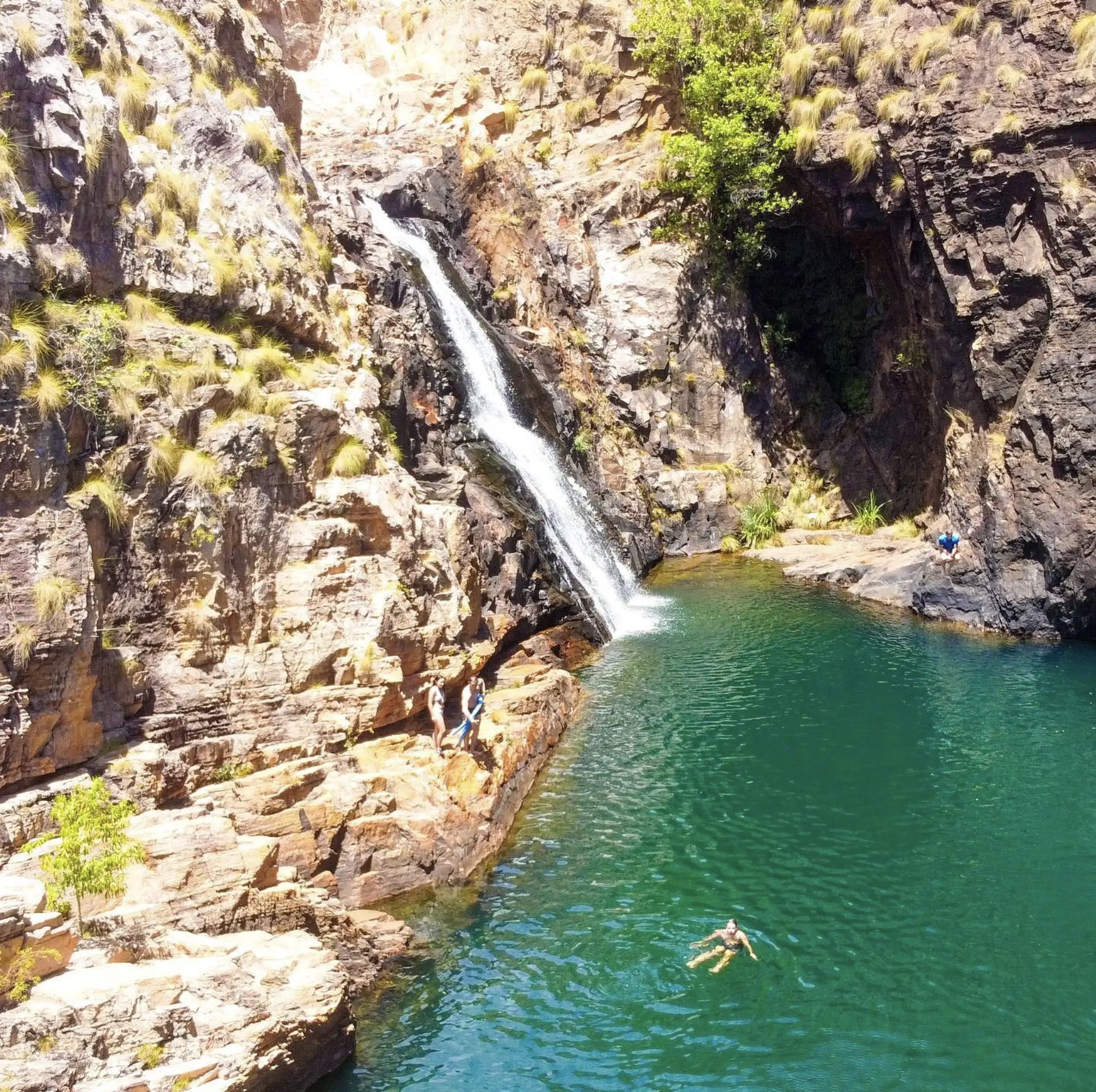
Beyond Kakadu
While Kakadu has some of the most beautiful waterfalls in Australia, the Northern Territory has plenty more. Just a few hours drive from Kakadu you’ll find Litchfield National Park, another must see destination for waterfalls and natural pools.
Wangi Falls: A NT Icon
Wangi Falls is one of the most popular and easiest to get to waterfalls in Litchfield National Park. The falls are surrounded by lush greenery and are fed by Tolmer Falls and Florence Falls both of which are in the park. Wangi Falls has a natural pool perfect for swimming and the surrounding monsoon rainforest provides shade and a cool relaxed atmosphere.
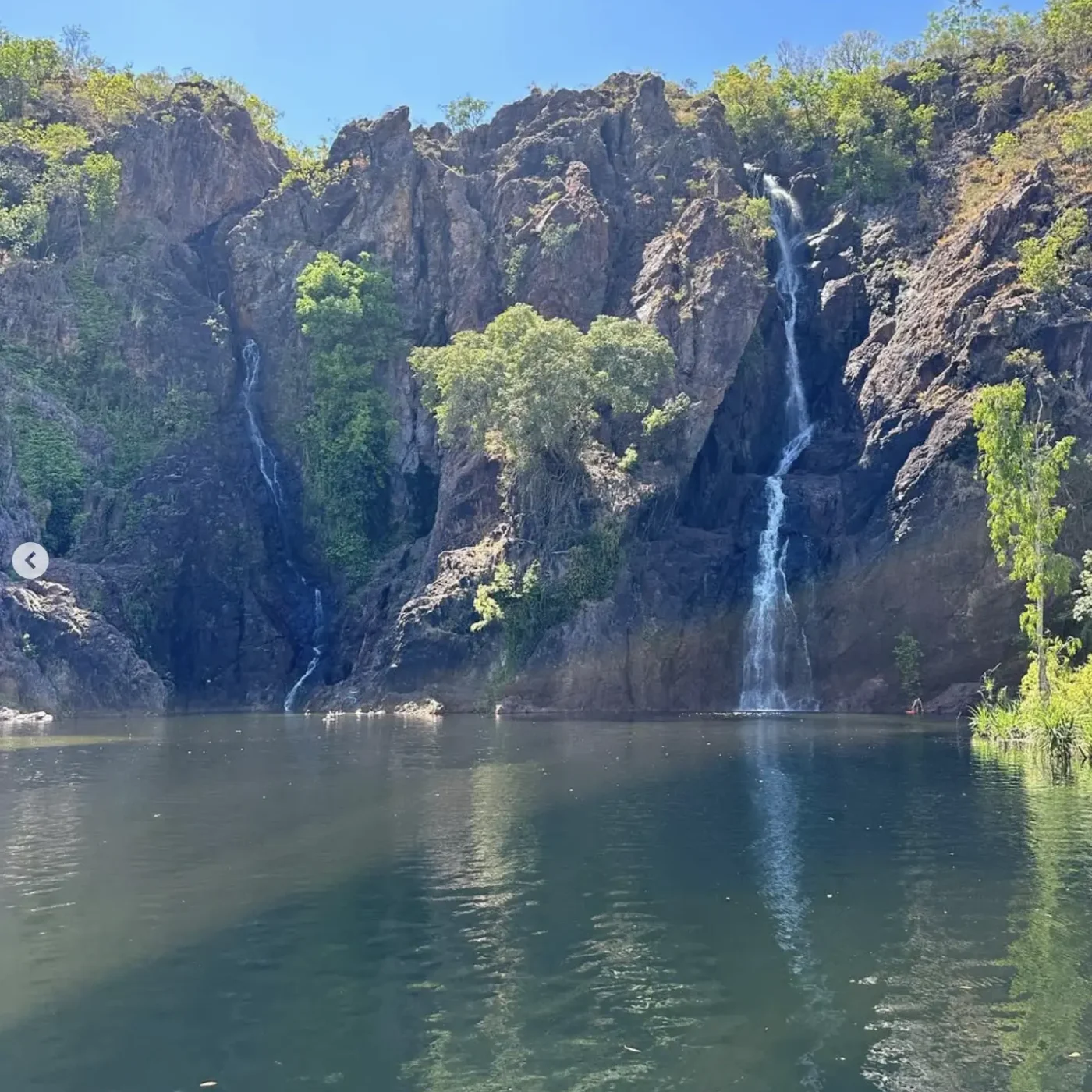
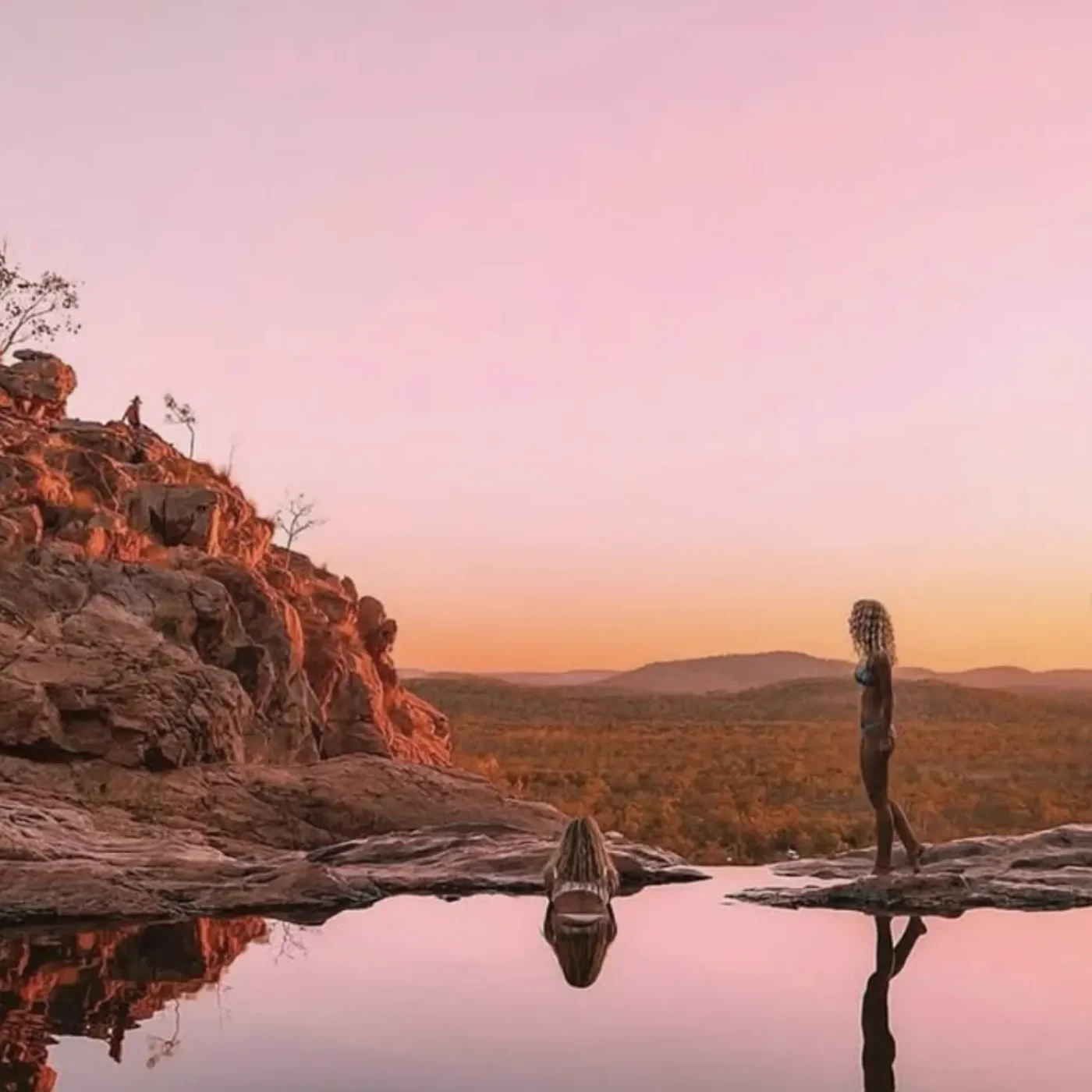
Gunlom Falls: Take the Plunge
FAQ
When to visit the waterfalls?
The dry season (May to October) is the best time to visit Kakadu’s waterfalls. The weather is more predictable, and most roads and trails are open. You can swim in the plunge pools without worrying about saltwater crocs. In the wet season, heavy rainfall can cause road closures and limit access to some of the falls.
Do I need a 4WD to visit these waterfalls?
Yes, a 4WD is recommended for Jim Jim Falls, Twin Falls and Maguk Falls. The roads are rough and challenging, especially after the wet season. Sealed roads provide access to some areas like Yellow Waters and Nourlangie Rock, but the gravel roads to the waterfalls are a bit more demanding.
Are there guided tours to the waterfalls?
Yes! You can book guided tours that will take you to all the best spots in Kakadu including Jim Jim Falls, Twin Falls and Maguk Falls. These tours are a great way to gain cultural awareness and learn about the traditional owners of the land, the Aboriginal people. And a guide will help you navigate the rough terrain and make sure you don’t miss the views.
Can I swim at all the waterfalls?
You can swim at Jim Jim Falls and Maguk Falls in the dry season. Twin Falls is not safe for swimming due to estuarine crocodiles. Always check the conditions and heed the croc warnings. For a swim in a natural pool, Maguk is the way to go, primarily after you’ve worked up a sweat on the walk-in.
What do I need to bring for a trip to Kakadu’s waterfalls?
Pack plenty of water, sunscreen, insect repellent and good hiking shoes. A hat and sunglasses will help with the Aussie sun, so don’t forget your togs for a swim! If you’re having a Barbie, bring some snags and a portable BBQ.


